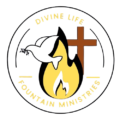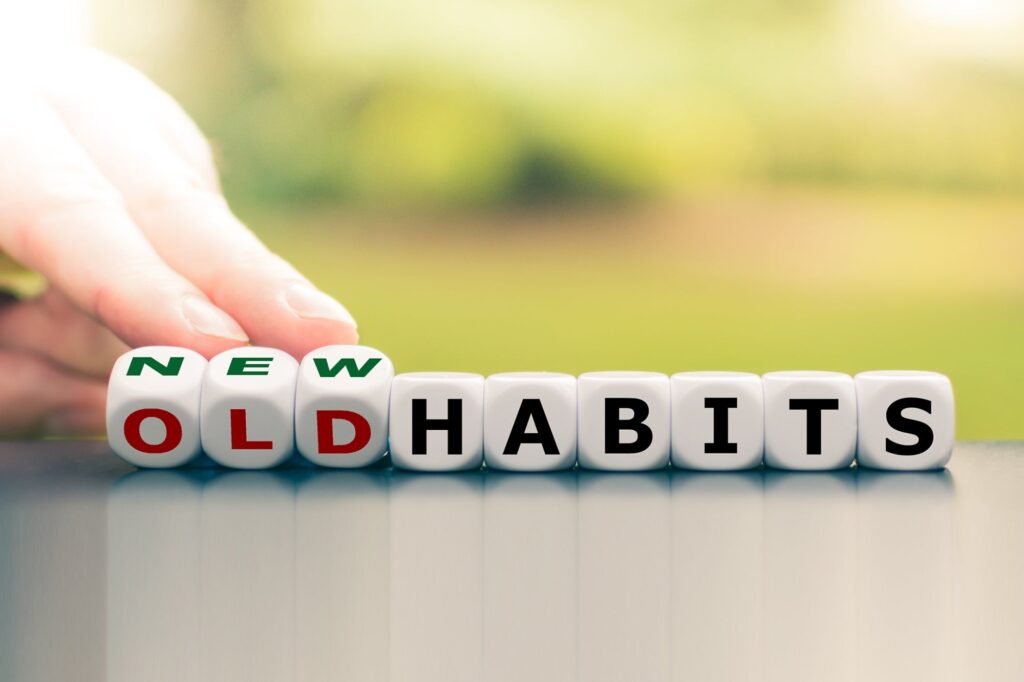The “Be, Do, Have” concept suggests that in order to achieve your goals (Have), you first need to become the person who naturally achieves them (Be), and then take the necessary actions (Do).
To “be” involves cultivating the right mindset, values, and self-identity that align with your goals. It means developing qualities such as discipline, confidence, and integrity. Here’s what it takes to “be”:
Self-Awareness: Understanding who you are, your strengths, weaknesses, values, and beliefs. This clarity is essential for personal growth.
Mindset Shift: Adopting a growth mindset, where you believe that you can develop your abilities through dedication and hard work. It’s about being open to learning, change, and improvement.
Identity Alignment: Seeing yourself as the person who is already capable of achieving your goals. This involves changing how you see yourself and aligning your identity with the qualities of the person you want to become.
Consistency: Being the person you aspire to be every day, not just when it’s convenient. This requires consistency in thoughts, actions, and habits.
Resilience: Developing the inner strength to face challenges and setbacks without losing sight of who you are and your ultimate goals.
Authenticity: Being true to yourself, your values, and your vision. Authenticity creates alignment between who you are and what you do, leading to fulfillment and success.
Lets Explore the concept looking at the story of David (1 Samuel 17)
David’s victory over Goliath was a reflection of who he already was, a courageous and determined protector who had honed his skills as a shepherd.
1. Who David Was (“Be”):
- Courageous: As a shepherd, David faced lions and bears to protect his flock. His courage was not something he suddenly acquired when he faced Goliath; it was already a part of his identity.
- Faithful: David had deep faith in God. He didn’t rely solely on his own strength but on his belief that God would deliver him, just as He had in the past.
- Skilled: David had developed the necessary skills with his sling while protecting his sheep, demonstrating that he was a warrior at heart, even before he entered the battlefield.
2. What David Did (“Do”):
- Acted from His Identity: When David faced Goliath, he didn’t try to become something he wasn’t. He declined King Saul’s armor because it didn’t suit him and instead used the sling, a tool he was familiar with.
- Trusted in His Experience: David approached Goliath with the same confidence and skill he had developed while guarding his sheep, trusting that his past experiences had prepared him for this moment.
3. What David Achieved (“Have”):
- Victory Over Goliath: David’s victory was a direct result of who he was—a courageous, faithful, and skilled shepherd. His identity guided his actions, leading to a successful outcome that not only defeated Goliath but also elevated him in the eyes of Israel and set the stage for his future as king.
This illustrates that, when you know who you are and stay true to that identity, you can apply your strengths and experiences to different situations and achieve success. David’s triumph wasn’t just about defeating Goliath; it was about bringing the qualities he had developed in the past into a new and challenging context. This is the essence of “Be, Do, Have”—your being shapes your doing, and your doing determines what you can have.

